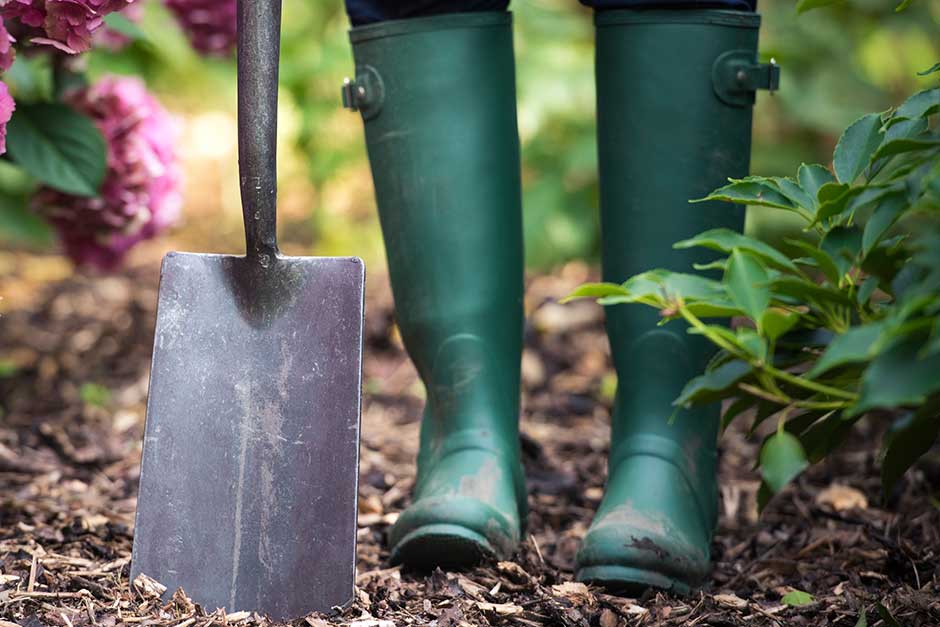
Introducing...
Epiphytic ferns
Botanical name: Asplenium, Davallia, Polypodium, Nephrolepsis and others
Common name: bird’s nest fern, hare’s foot fern
These ferns come from tropical forests, where they cling to tree branches rather than growing in the ground. With their rosettes of lush fronds, they make attractive houseplants, enjoying high humidity and indirect light.
Looks
There are several different types popularly grown as houseplants, varying in appearance. The bird’s nest fern (Asplenium nidus) has long, glossy, unfurling fronds that form a shuttlecock shape. Hare’s foot ferns (such as Phlebodium aureum and Davallia canariensis) have thick furry roots that emerge from the pot and slender-stemmed fronds that are either narrow and glaucous or delicate, feathery green.
Likes
Epiphytic ferns prefer bright but indirect light, and warm humid air, above 16°C (60°F). They like an open, moisture-retentive but fast-draining compost that is slightly acidic (ericaceous), and are best watered with rainwater or filtered water. Let the compost get almost dry before thoroughly watering. Feed with a weak orchid fertiliser when in active growth.
Dislikes
The leaves will scorch in direct summer sunlight, and damp compost for long periods can easily kill the roots. Avoid watering with hard (alkaline) tap water as much as possible, to help maintain the acidic conditions they need. Watering with very cold water, especially in winter, can also be harmful.
Did you know?
These ferns need high humidity to keep the foliage lush and unblemished, so stand the pot in a saucer over a larger tray of moist gravel. A bright, steamy bathroom is usually an ideal spot for them. Also see our video guide to raising humidity for houseplants.
Growing guide

How to grow ephiphytic ferns
All you need to know to grow epiphytic ferns successfully in your home.
Recommended ephiphytic ferns
Phlebodium aureum 'Blue Star'
golden polypody 'Blue Star'
- 0.5–1 metres
- 0.5–1 metres
Nephrolepis exaltata 'Bostoniensis'
sword fern 'Bostoniensis'
- 0.5–1 metres
- 0.5–1 metres
Phlebodium aureum 'Blue Star'
golden polypody 'Blue Star'
- 0.5–1 metres
- 0.5–1 metres
Nephrolepis exaltata 'Bostoniensis'
sword fern 'Bostoniensis'
- 0.5–1 metres
- 0.5–1 metres
Useful houseplant advice

How to help a poorly houseplant
Leaf damage on houseplants

How to grow houseplants
Get involved
The Royal Horticultural Society is the UK’s leading gardening charity. We aim to enrich everyone’s life through plants, and make the UK a greener and more beautiful place.